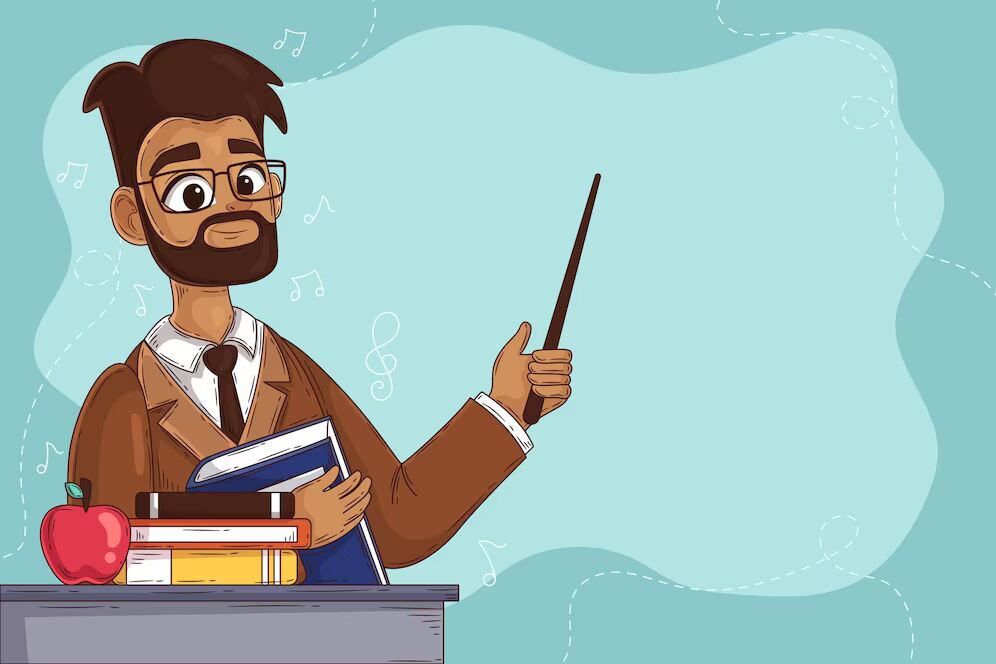
In today’s ever-evolving educational landscape, technology is rapidly transforming the way we teach and learn. One such transformative technology is Chat GPT, a sophisticated language model that has the potential to revolutionize the teaching experience. In this comprehensive guide, we will explore how teachers can harness the power of Chat GPT to enhance their teaching methods, engage students, and promote personalized learning. We’ll delve into various aspects of this innovative tool, from its practical applications to its potential challenges, all while keeping in mind the need for organization, accuracy, and detailed explanations.
I. Understanding Chat GPT: A Brief Overview
Before delving into its applications in education, let’s briefly understand what Chat GPT is and how it works. Chat GPT, powered by cutting-edge natural language processing (NLP) techniques, is a state-of-the-art AI model developed by OpenAI. It is designed to generate human-like text responses based on the input it receives, making it a valuable resource for various applications, including education.
Chat GPT is trained on vast amounts of text data, enabling it to understand and generate text in multiple languages and on a wide range of topics. It uses a neural network architecture to predict the most likely next word in a given context, allowing it to produce coherent and contextually relevant responses.
II. Practical Applications of Chat GPT in Education
Now that we have a basic understanding of Chat GPT, let’s explore how teachers can use this technology to enhance their teaching methods:
- Personalized Learning
One of the key advantages of Chat GPT is its ability to provide personalized learning experiences. Teachers can use Chat GPT to create adaptive learning materials tailored to individual students’ needs. By analyzing students’ responses and engagement, the AI can generate customized exercises, quizzes, and study materials, allowing students to progress at their own pace.
- Virtual Teaching Assistants
Chat GPT can serve as a virtual teaching assistant, answering students’ questions and providing explanations outside of regular class hours. This can reduce the workload on teachers and provide students with instant access to information, fostering a culture of continuous learning.
- Language Learning Support
Language teachers can leverage Chat GPT to enhance language learning experiences. The AI can assist in improving students’ language skills by offering real-time translation, grammar correction, and pronunciation feedback. This can be particularly useful in a globalized world where language proficiency is highly valued.
- Content Generation
Teachers can use Chat GPT to generate educational content such as lesson plans, handouts, and even textbooks. The AI can provide suggestions and assist in organizing information coherently, saving educators time and effort in curriculum development.
- Accessibility and Inclusivity
Chat GPT can be a valuable tool for making education more accessible to students with disabilities. It can convert text into audio, offer text-to-speech services, or provide accessible content formats, ensuring that all students have equal access to educational materials.
III. Implementing Chat GPT Effectively in the Classroom
While Chat GPT offers exciting possibilities, its effective implementation in the classroom requires careful consideration. Here are some tips for teachers:
- Clear Guidelines: Establish clear guidelines for using Chat GPT, including its role in the learning process and ethical considerations. Ensure students understand when and how to use the technology responsibly.
- Integration with Curriculum: Align the use of Chat GPT with the curriculum objectives. It should enhance, not replace, traditional teaching methods.
- Monitoring and Assessment: Regularly monitor students’ interactions with Chat GPT to assess its impact on their learning. Use this feedback to refine its usage and improve teaching strategies.
- Privacy and Security: Safeguard students’ privacy by using secure and vetted Chat GPT platforms. Ensure that any data collected is handled in compliance with relevant regulations.
- Teacher Training: Provide teachers with training on how to effectively integrate Chat GPT into their teaching practices. This includes understanding its capabilities and limitations.
IV. Challenges and Considerations
While Chat GPT holds great potential, there are some challenges and considerations to keep in mind:
- Overreliance: Teachers must be cautious not to overrely on AI technology, as it cannot replace the essential human aspects of teaching, such as empathy and mentorship.
- Data Bias: Chat GPT may reflect biases present in the data it was trained on. Educators should be aware of this and actively work to mitigate any biases in the content generated.
- Technical Issues: Like all technology, Chat GPT can experience technical glitches. Teachers should have backup plans in place to ensure uninterrupted learning.
- Ethical Use: Ensure that Chat GPT is used ethically, avoiding plagiarism and cheating. Teach students about responsible AI use and digital citizenship.
V. Future Possibilities
Looking ahead, the integration of Chat GPT in education is likely to evolve further. Emerging technologies like augmented reality (AR) and virtual reality (VR) can be combined with Chat GPT to create immersive and interactive learning experiences. Moreover, advances in AI may lead to even more sophisticated virtual teaching assistants capable of providing nuanced feedback and emotional support.
Conclusion
In conclusion, Chat GPT represents a significant advancement in the field of education technology. Its potential to enhance personalized learning, provide instant support, and improve accessibility makes it a valuable tool for teachers. However, its effective use requires careful planning, monitoring, and ethical considerations. By embracing Chat GPT as a supplementary resource and harnessing its capabilities, educators can provide students with a more engaging and adaptive learning experience, preparing them for success in an increasingly digital world.



3 thoughts on “How Teachers can Use Chat GPT ?”